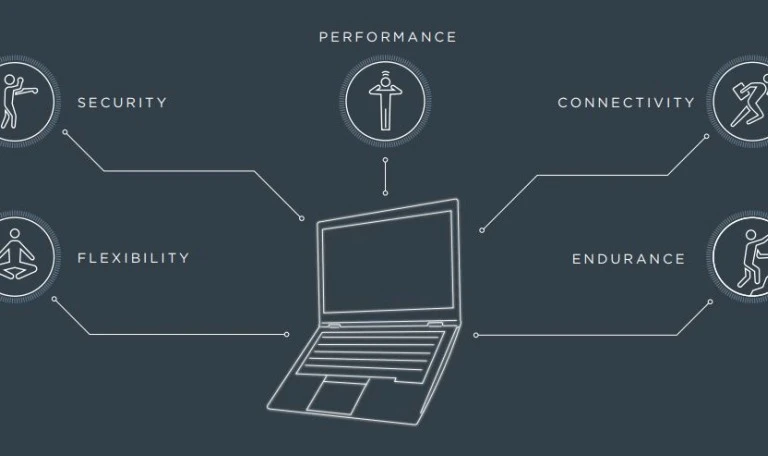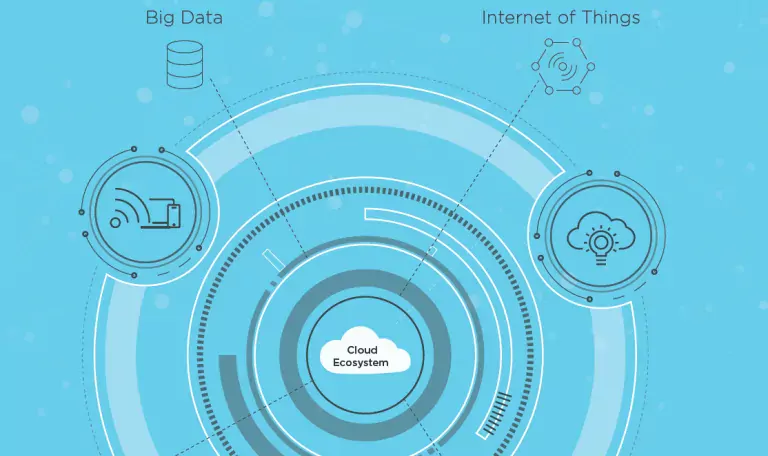Lenovo has solutions to bridge the productivity gap, practically and easily.
KEEPING UP WITH TECH TRENDS THAT MATTER
A core objective of every business is to ensure that revenue consistently outpaces costs. Technology plays a huge role in achieving that goal. Interruptions—whether hardware or software failure, user fatigue, or vexing collaboration issues—are significant inhibitors of productivity that employers must keep to a minimum to prevent adverse impacts on revenue.
When empowered with the right technology, users feel that it makes them more productive, improves work-life balance, and enhances their working style.
DEMYSTIFYING THE PRODUCTIVITY PROBLEM
To overcome these key productivity issues, IT decision makers across industries are gravitating towards intelligent solutions that enable systems to automatically manage thermal dissipation, dynamically control CPU performance, and intuitively manage data backup, cyber security, system updates, and system diagnostics. But, that doesn’t mean that only endpoint devices can help organizational productivity. The approach needs to be more holistic.
DEPLOYING MODERN DEVICE TECHNOLOGY
The first step to improving productivity for each employee is to make well-thought-out endpoint device investments that are relevant to individual workers’ job roles. To get started, consider the following basic user groups:
- Mobile: Employees who primarily work in remote locations
- Non-mobile: Employees who primarily work in office premises
- Advanced: Employees who need to run specialized software
PCs older than 4 years cause >2.1x increase in lost productivity (hours), costing, on average, $1,260/year in lost productivity.




